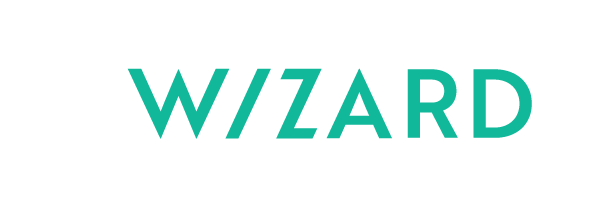Creating an eLearning course is an investment that can yield significant returns, both in terms of knowledge-sharing and revenue generation. But how much does it cost to make an eLearning course? The answer depends on various factors like the complexity of the course, the technology used, the type of content, and the resources required. In this blog, we’ll break down the key components that impact the cost of developing an eLearning course to help you estimate a budget for your project.
1. Factors influencing eLearning course costs
Several variables affect the cost of creating an eLearning course. These include:
-
Course complexity: Simple courses with text and quizzes cost less than interactive courses with multimedia and assessments.
-
Type of content: Videos, animations, and interactive elements tend to be more expensive than text-based content.
-
Design and development time: The more hours spent developing the course, the higher the cost.
-
Technology and tools: The software and platforms you use (eLearning authoring tools, Learning Management Systems, etc.) add to the cost.
2. Average costs for different course types
Here’s a breakdown of the typical costs for creating various types of eLearning courses:
a. Basic eLearning course ($3,000 to $10,000, €2,700 to €10,000)
Basic eLearning courses generally include:
-
Text-based content
-
Standard quizzes and assessments
-
Simple graphics and visuals
This type of course is usually cost-effective because it doesn’t require extensive multimedia development or complex interactivity. It’s ideal for companies or educators looking to share straightforward content and need to do it as fast as possible.
b. Interactive eLearning course ($10,000 to $50,000+, €10,000 to €45,000+)
Interactive courses add elements like:
-
Custom graphics
-
Basic animations
-
Interactive quizzes and activities
-
Voice-over narration
Courses in this category often require custom development to engage learners through interactive elements. This additional level of interactivity increases both the production time and costs.
c. High-end, fully customized course ($50,000 to $150,000+, €45,000 to €140,000+)
High-end eLearning courses are fully customized and may include:
-
Professional-quality videos
-
Advanced animations and simulations
-
Gamified learning experiences
-
Virtual reality (VR) or augmented reality (AR) content
These courses require a significant investment in design, multimedia production, and sometimes even 3D modeling. They are ideal for specialized training or large organizations that want to create highly immersive learning experiences.
3. In-house vs. outsourcing eLearning development
When it comes to creating an eLearning course, you have two options: develop the course in-house or outsource it to a professional eLearning company.
-
In-house development: This option requires you to hire a team of instructional designers, content creators, and developers. While it gives you full control over the process, it can be time-consuming and may require investing in new tools or software.
-
Pros: Full creative control, potentially lower long-term costs.
-
Cons: High upfront investment in software and talent.
-
-
Outsourcing: Outsourcing to an eLearning development company can save you time and ensure high-quality results. However, it may be more expensive upfront, and you’ll need to find a trustworthy partner.
-
Pros: Access to experienced professionals, faster production.
-
Cons: Higher initial costs, less control over the process.
-
5. Other Hidden Costs to Consider
There are additional hidden costs you may encounter when developing an eLearning course. These costs are often overlooked, yet they be significant, especially if there is a need for continuous updates of the content. These costs include:
-
Marketing and promotion: Budget for advertising, email marketing, or social media campaigns to promote your course to your target audience.
-
Maintenance and updates: Content may need periodic updates, especially if the subject matter changes over time.
-
Learner support: Providing technical or content-related support to your learners may require hiring additional staff or purchasing help desk software.
If you are looking for a partner in eLearning development or simply need help in navigating through a project, contact us. 


